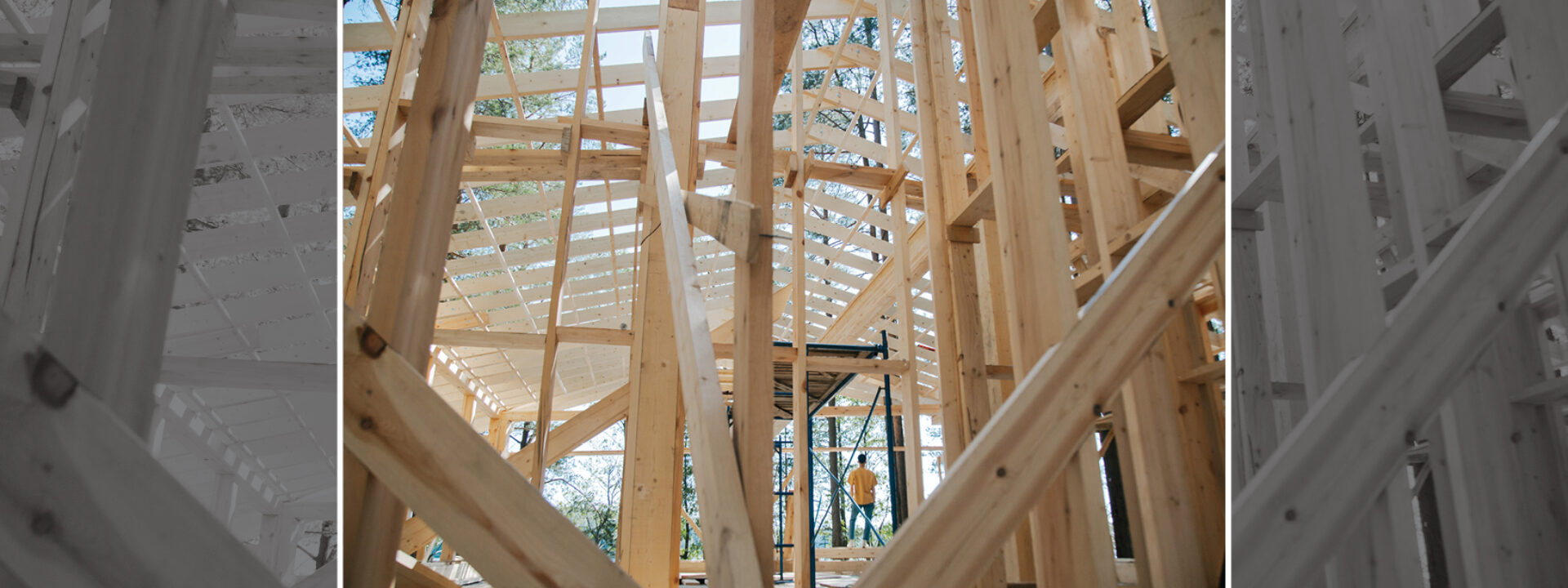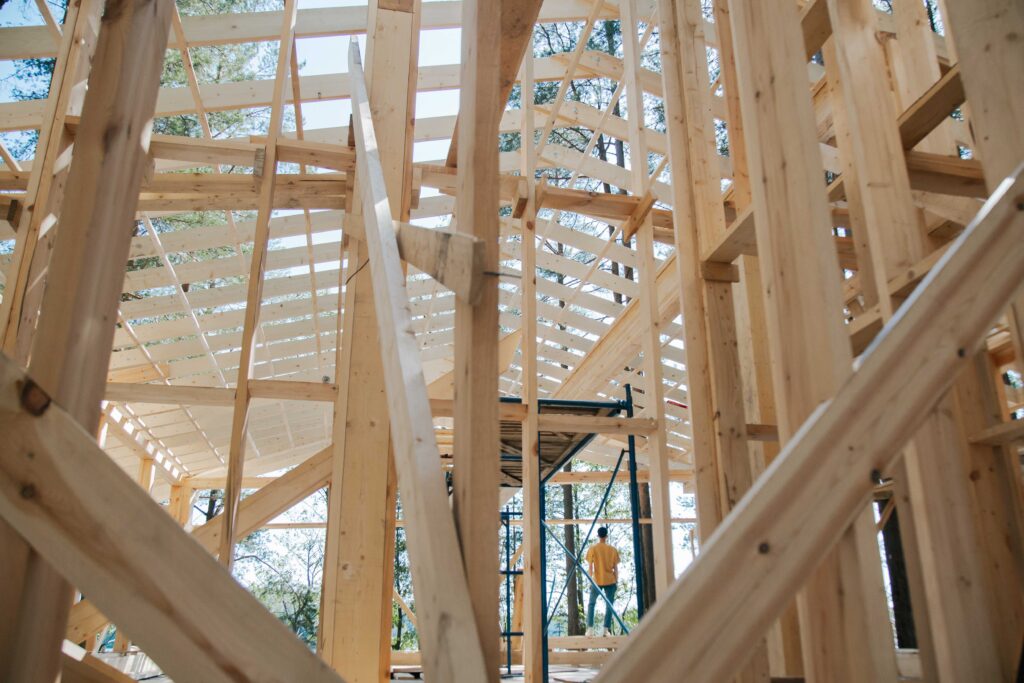Density is the answer to the housing crisis

We need to build more homes – of all kinds – in Hamilton. That means understanding that we can’t simultaneously hold fast on the urban boundary while fighting intensification in existing neighbourhoods.
We are in a housing crisis, in Hamilton specifically and across Canadian cities more broadly. The principal cause is surprisingly straightforward: our population is growing faster than the number of dwellings.
The housing crisis is fundamentally a housing supply crisis, and the more clearly we understand this, the better we can focus on how to mount an effective response.
In Hamilton, according to census data, the population grew by 6.04 per cent while the number of dwellings grew by only 5.29 per cent between 2016 and 2021. This is new: from 2001 to 2016, the number of dwellings consistently grew faster than the population.
If we zoom out to the Hamilton census metropolitan area, which also encompasses Burlington and Grimsby, the population increased by 5.04 per cent from 2016 to 2021 while dwellings increased by only 4.59 per cent.
This disparity has widened in the past two years. Canada’s population grew by a million people in 2022, but there were only 261,849 new housing starts. If we assume an average of 2.5 residents per dwelling, that means we started enough homes for 650,000 people – well short of the total.
Canada’s population is on track to grow by another 1.15 million people in 2023. But the number of new housing starts across Canada over the first half of this year totalled just 110,893 units – a little less than half of what we need.
Yes, persistently low interest rates in the years following the Great Recession played a role in driving up house prices. Cheap borrowing costs enabled more people to borrow larger amounts of money, which increased the pool of people who could afford to take on a mortgage and drove up house prices.
But the Bank of Canada’s concerted efforts since March 2022 to dampen market demand by raising interest rates have had only a relatively modest effect on house prices. In Hamilton, the average house price is down some 15 per cent since last year.
There’s a limit to how much you can suppress demand for housing without adding new supply. A home is not a discretionary expense that consumers can defer when interest rates are high. Everyone needs somewhere to live!
This is why rental prices continue to rise at unsustainable rates. In Hamilton, rents are up 17 per cent since last year to $1,800 for a one-bedroom apartment and $2,300 for a two-bedroom.
It also helps explain the increasing scale, visibility and immediacy of the city’s unhoused population. The number of unhoused people in Hamilton increased by a staggering 70 per cent from 1,000 in 2020 to 1,700 this year.
In cities like Hamilton, where demand for housing has been growing fast, when there isn’t enough housing for everybody, the poorest and most vulnerable residents are at higher risk of getting squeezed out of their homes.
The trauma of losing a home triggers a self-reinforcing spiral of loss, instability, abuse, violence and fear, all of which make the mission to stabilize, support and re-house people more challenging – even when there is physical housing available.
So what does all this mean for policy?
At the most basic, we need to dramatically increase the supply of housing. Nationwide, we are currently on track to build a total of about 485,000 new homes over 2022 and 2023, but based on population growth, we actually need 860,000 new homes. That’s a shortfall of 375,000 homes.

We need more of everything: more shelter space, more transitional housing, more deeply affordable housing, more affordable housing, more middle-income housing and more upper-income housing. This may seem counterintuitive, but a market shortage at any segment of the housing market spills over into other segments and people with more purchasing power end up outbidding people with less.
We need housing built faster – a lot faster. The reasons housing takes so long to build are myriad and thorny, and we need to be bold and strategic about addressing them.
This past April, the City declared a state of emergency for homelessness. So let’s act like it’s an emergency.
That means rethinking rigid mandatory minimum parking requirements for supportive housing projects. It means not delaying projects for months while wrangling over how waste will be collected.
It means recognizing that dense infill housing, which protects the environment, should not be unreasonably delayed by environmental policies that were established as a check on harmful developments.
It means recognizing the searing need to increase density across the city. Far too often, folks who already own homes are quick to wield municipal policy tools to stall, delay and deter infill projects that could make the communities they rightly love accessible for more people.
Infill development makes more cost-effective use of existing public infrastructure, enlivens existing neighbourhoods, taps into community resources and provides residents with more options to get around. We need to stand up to the persistent but baseless NIMBY fears that infill housing will somehow lower property values or reduce quality of life.
This fear fundamentally misunderstands what makes urban neighbourhoods so functional and desirable in the first place: the proximity of other people!
In a city that overwhelmingly supported the recent campaign to maintain our urban boundary, we can’t simultaneously protect the Greenbelt from destruction while also fighting against intensification in our existing neighbourhoods.






